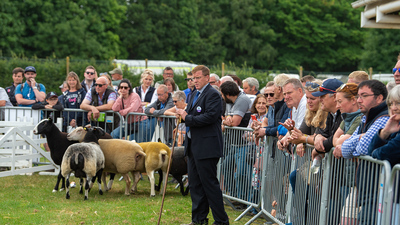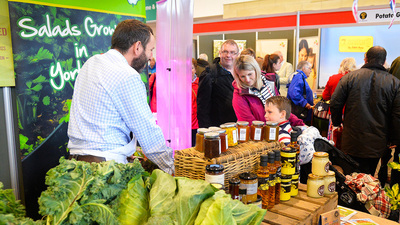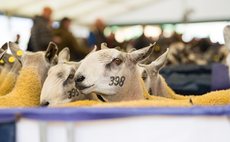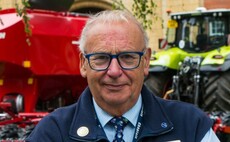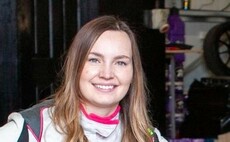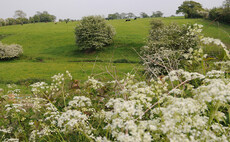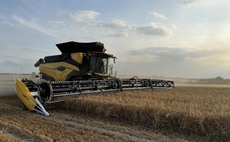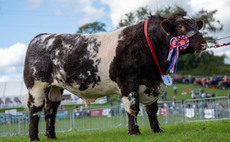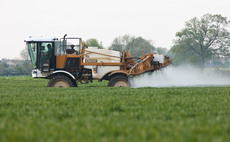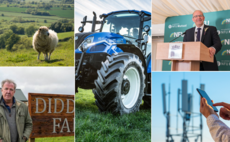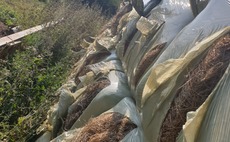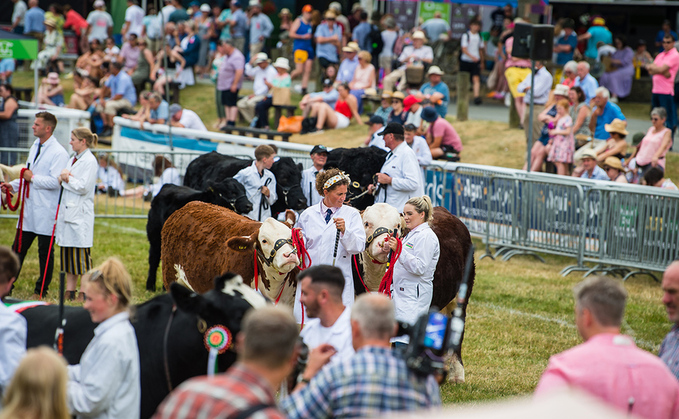
Agricultural shows have been a key part of the farming calendar for more than 250 years, showcasing the work of British farmers, but with so much uncertainty in a post-pandemic world, how are organisers adapting?
There is no doubting the huge role agricultural shows play in the farming world, offering opportunities to see the best livestock and a time for those in the rural community to socialise and exchange knowledge.
Shows also bring value beyond their local communities, by promoting rural tourism and, in some cases, attracting visitors from outside their counties and even from abroad.
Research from the Association of Show and Agricultural Organisations (ASAO) found about 10 per cent of the UK population attend agricultural shows on an annual basis.
And a further study carried out by the University of East Anglia estimated that the Royal Norfolk Show generated 20 million for Norfolk in 2018, including 2m spent in the showground alone.
This year saw agricultural shows able to run at full capacity for the first time since the pandemic began and across Great Britain, they were well supported by the number of visitors attending.
But according to the ASAO, about 5 per cent of its members cancelled shows this year.
Additionally, there was a general decrease in trade stands across all sectors by 10-15 per cent at the beginning of the season.
This figure gradually improved during the height of the show season, but did not recover to pre-Covid-19 levels.
The ASAO believes this could be due to the staffing difficulties traders are facing, which it says has been the same for contractors supplying workers, from caterers to car park attendants and volunteer stewards to security companies.
There has also been a drain in knowledge and experience, with many staff members leaving the industry from all types and sizes of shows, both after being placed on the furlough scheme and to source a higher salary.
Some smaller events, including Hawkshead Show in the Lake District, were cancelled again in 2022. Organisers for that event are set to hold a meeting at the start of next year to decide whether the show will run in 2023.
Representatives said: This decision has not been taken lightly.
Many avenues have been looked at and explored, but unfortunately due to the costs incurred by cancelling several of the previous shows at the last minute and Covid-19 restrictions halting any fundraising events, the society could not afford to put on a show this year.
As the society is a registered charity, it relies heavily on generous donations from sponsors to help with covering the prize monies, for example.
In the current financial climate, it was felt that to request monetary donations from businesses would be imposing on their generosity.
Other shows, however, used the pandemic to their advantage. The Westmorland Show was able to run towards the end of 2021, creating a two-day show to comply with the post-pandemic Government requirements.
It has continued in this format this year due to popular demand.
Christine Knipe, the chief executive of Westmorland Agricultural society, said: The committee is meeting shortly to make a decision regarding the format going forward, but early indications are that it will remain as two days next year.
Mark Stoddart, financial controller at the Yorkshire Agricultural Society, which organises the Great Yorkshire Show, also pointed to the positives.
He said: The last few years have given shows a huge opportunity to try things. The Great Yorkshire became a four-day show.
We have talked about four days for the last 10 years and whether or not we should do it, but because the council and public health said we could not have full capacity, we had to go to an extra fourth day to make it financially viable.
Subsequently, in 2022, we have done the same.
Income
Still, though, the havoc the pandemic wreaked on the agricultural show charitable sector has left a large wound, which the ASAO predicts will take several years for the industry to fully recover from.
Some agricultural shows have set up other events during the year that use the showgrounds to provide a steady stream of income.
One way the Royal Highland Show diversified this year was by hosting a musical festival.
Big Top live music concerts took place throughout summer and one coincided with the Saturday of the agricultural show.
Alan Laidlaw, chief executive of the Royal Highland and Agricultural Society of Scotland (RHASS), said: These concerts and other events which take place at the wider Royal Highland Centre generate vital funds which support the charitable work of RHASS, which works to promote and protect the interests of Scotlands agricultural and rural sector.
The concerts this summer are yet another example of how the society is maximising our income so we can continue our charitable work.
Some farming visitors to the show, however, were not pleased about the concert, claiming the sound posed a welfare risk to the livestock present.
But Mr Laidlaw said: The concerts themselves had no adverse impact on the experience of show visitors and the two events went ahead in harmony on the day.
Other shows have also found there is an inherent tension in trying to appeal to both a farming audience and an urban one, which is increasingly disconnected from the land and rural culture.
This year at the Great Yorkshire Show, for example, the parade of hounds was cancelled after animal rights activists put pressure on the show organisers.
Mr Stoddart said: It is a huge balancing act. The only way you can do it is by putting the agricultural content in there, then that draws the audience that you are wanting. But for those who are not necessarily coming for that, you are then doing the education side.
One other development which has caused controversy is the attempt by shows to advance technologically, whether by urging people to pre-book tickets online or holding digital events.
There is certainly a positive case to be made for allowing people all over the world to watch livestock showing from the comfort of their own homes, but some agricultural society members have raised concerns that farmers who have poor broadband or are not IT-literate risk being excluded.
David Tite, chair of the ASAO, said: Reliable broadband coverage will increase across the UK over the coming years and until that time, we as agricultural societies need to be mindful of the challenges posed by poor connectivity to those very people we really want to see at our shows.
The pandemic showed the industry the opportunities and inclusivity streaming can offer and this now has a future, working hand in hand with the practical running and attendance at our shows.
